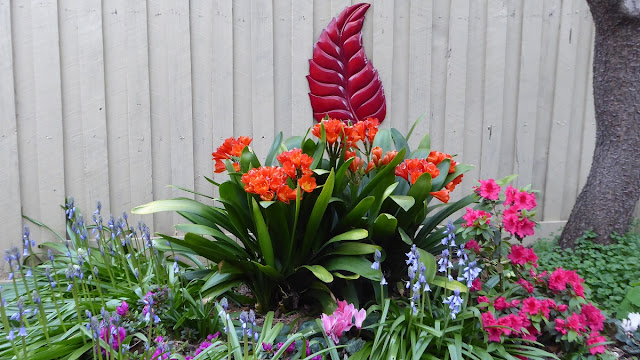To
provide a bit of extra space for spring seedling propagation, this
smaller unit has been modified to increase capacity. By removing the
plastic bin, reversing the orientation of the front and back wall
panels, and adding a plastic liner to create a water tank, capacity has
doubled to about 80 minipot spaces.
I use the 2 white PVC pipes to making planting holes in the propagators and growing beds. The increased precision of this instrument helps plant the pots more densely. The markings on the outside of the pipes help regulate the depth. I use the larger one for transplanting mature seedlings in their fibre pots out into the growing beds, and I use it to plant potato tubers, where there is a need for greater depth. |
















No comments:
Post a Comment